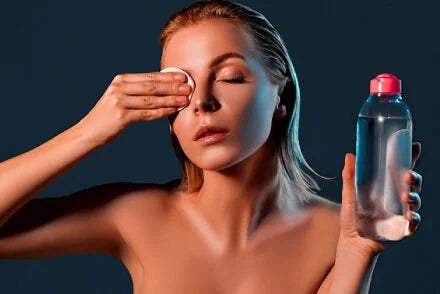
Kaolin Clay Mask: What Is It?
Kaolin clay, also known as White Clay, is a soft type of soil that has been used for centuries in China for making porcelain products. In addition to its use in ceramics, kaolin clay is commonly used in skincare products, toothpaste, and hair products.
Kaolin clay masks, containing kaolin as the main ingredient, offer various benefits such as preventing acne, moisturizing dry skin, and cleansing excess oil and dirt from pores. Studies on kaolin clay masks have shown that it is softer compared to other types of clay. Research indicates that clay possesses anti-inflammatory and antibacterial properties, which can alleviate skin issues.
Clay Mask for Sensitive and Dry Skin
Kaolin clay masks can be safely applied to sensitive skin. If you have extremely dry skin, you can mix a niacinamide toner with Solasta clay mask until you achieve a paste consistency. By applying this mask a few times a week, you can enhance the effectiveness of clay while benefiting from the numerous advantages of niacinamide.
Clay Mask for Oily and Acne-Prone Skin
Clay masks are ideal for individuals with oily and acne-prone skin. Kaolin helps prevent clogged pores by absorbing excess oil and dirt, providing deep cleansing. It removes excess oil, dirt, and other substances from the skin. Due to its antibacterial properties, kaolin clay is also used in acne treatment and may help reduce blemishes.
How to Use Kaolin Clay:
Here are some steps to follow when applying a clay mask:
- Mix 2 teaspoons of kaolin clay with a a liquid of your choice, such as water, rose water, or apple cider vinegar. until you achieve a paste consistency.
- Wet your face and apply the mask to your skin.
- Massage the mixture onto your skin for 30 seconds.
- Leave the mask on your face for 10-15 minutes, then rinse off with lukewarm water and pat dry.
It is recommended to apply a moisturizer to your face after using a clay mask. Kaolin clay masks are generally safe for most people, with no known side effects. However, to ensure safe use, it's advisable to perform a patch test on a small area of your skin before applying the mask to your entire face.


